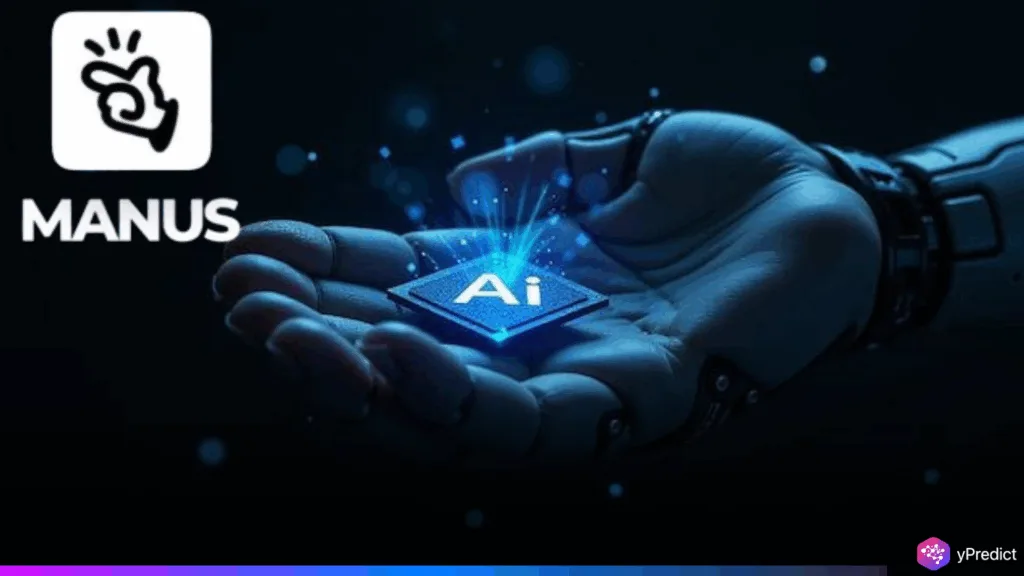
AI startup Manus has launched a text-to-video generation feature, entering direct competition with OpenAI’s Sora and other video AI platforms. The AI tool allows users to generate sequenced, story-like videos simply by typing text commands. Initially available to paid subscribers, Manus plans to offer the AI tool free to the public later. The company claims its AI agent can create structured video content within minutes. Making it suitable for media, marketing, and educational use. The release marks Manus’ most ambitious move yet, positioning it as a serious challenger in the fast-growing generative video AI space.
Challenging Industry Giants With AI-Powered Storytelling
Manus’s foray into AI-generated video signals its intent to disrupt a high-stakes market dominated by players like OpenAI, Google, Runway, and Synthesia. Its AI agent, praised for human-like task execution, is designed to take simple text prompts and convert them into coherent video narratives. This positions Manus squarely in competition with OpenAI’s Sora, which costs $200 monthly via ChatGPT Pro. What sets Manus apart is its commitment to accessibility. By rolling out early access to subscribers and promising a free public version, it could undercut more expensive models on the market. The technology transforms complex, multistep creative processes into automated workflows. Enabling rapid content production for marketing, education, entertainment, and social media.
Introducing Manus video generation.
— ManusAI (@ManusAI_HQ) June 3, 2025
Manus transforms your prompts into complete stories—structured, sequenced, and ready to watch. With a single prompt, Manus plans each scene, crafts the visuals, and animates your vision. From storyboard creation to concept visualization—your… pic.twitter.com/2bOxSkyRv5
With its origin in China and recent exposure via its AI agent debut, Manus is also gaining attention in geopolitical discussions around AI competition. Its parent company, Butterfly Effect, secured funding from Benchmark Capital, despite growing U.S.-China tensions in advanced tech. As the race to commercialize text-to-video generation heats up, Manus’s user-friendly model. Pricing strategy and strong venture backing may allow it to carve out a significant niche. The launch could reshape expectations around how quickly and affordably AI can turn ideas into visual narratives.
The Global AI Race, Open Source vs Proprietary Models
The battle for dominance in AI-generated video content is being shaped by two competing forces. Proprietary Western models and increasingly capable Chinese open-source alternatives. OpenAI’s Sora, Google’s tools, and companies like Runway operate on premium subscriptions or pay-per-use models. Chinese tech firms are pushing open-access solutions that could rapidly expand usage. Alibaba’s Wan and Tencent’s Hunyuan are examples of high-performance open-source video models making waves internationally. These platforms, like Manus, are becoming more sophisticated, delivering high-quality outputs that rival their more expensive Western counterparts. Their emergence not only democratizes access but also intensifies pricing pressure across the market.
The shift in ecosystems is very important. Many film, education, digital advertising, and personalized media companies have the potential to use text-to-video features because all are multibillion-dollar verticals. When these models speed up and become more user-friendly, it is expected that both small companies and large corporations will use them widely. Starting out, Manus is both excited by the chance to be better than others and faces the difficulty of setting itself apart with powerful AI tools, simple design, and availability worldwide. If everything goes well, they might help many users divide control over creative production rather than major companies.
Manus’ Vision, Democratizing Video Creation With AI
With artificial intelligence, Manus is positioning itself as a creative facilitator. It hopes to level the content creation curve by enabling anyone to transform basic text into rich video tales. The firm views this as a step toward democratizing creativity. Thereby lowering barriers for people, teachers, and companies to generate premium visual content. With its affordable pricing and simple interface, Manus could empower people all over. Especially in developing countries, where professional video production is still pricey. Manus wagers that simplicity, affordability, and open access will drive the following wave of AI-powered storytelling as artificial intelligence systems start to dictate how material is created.






